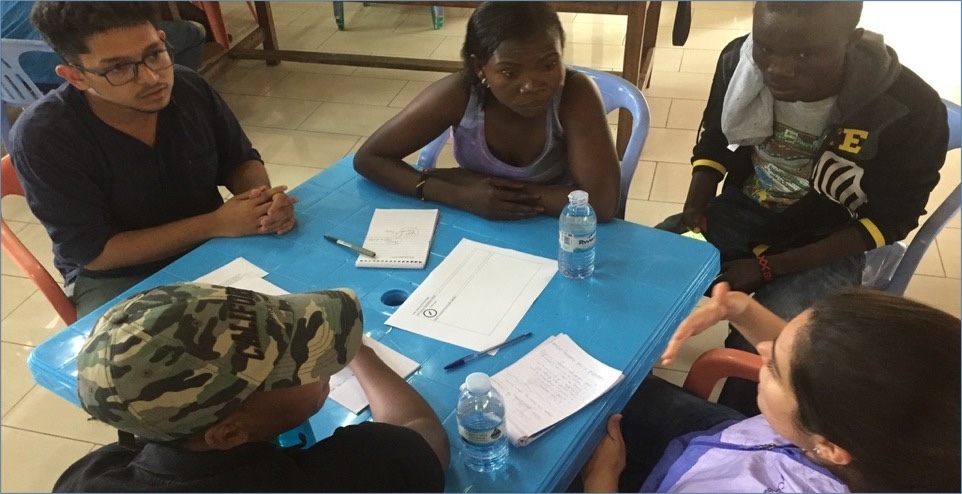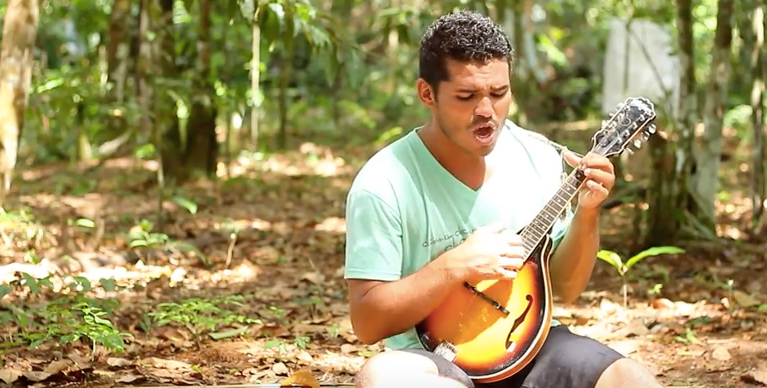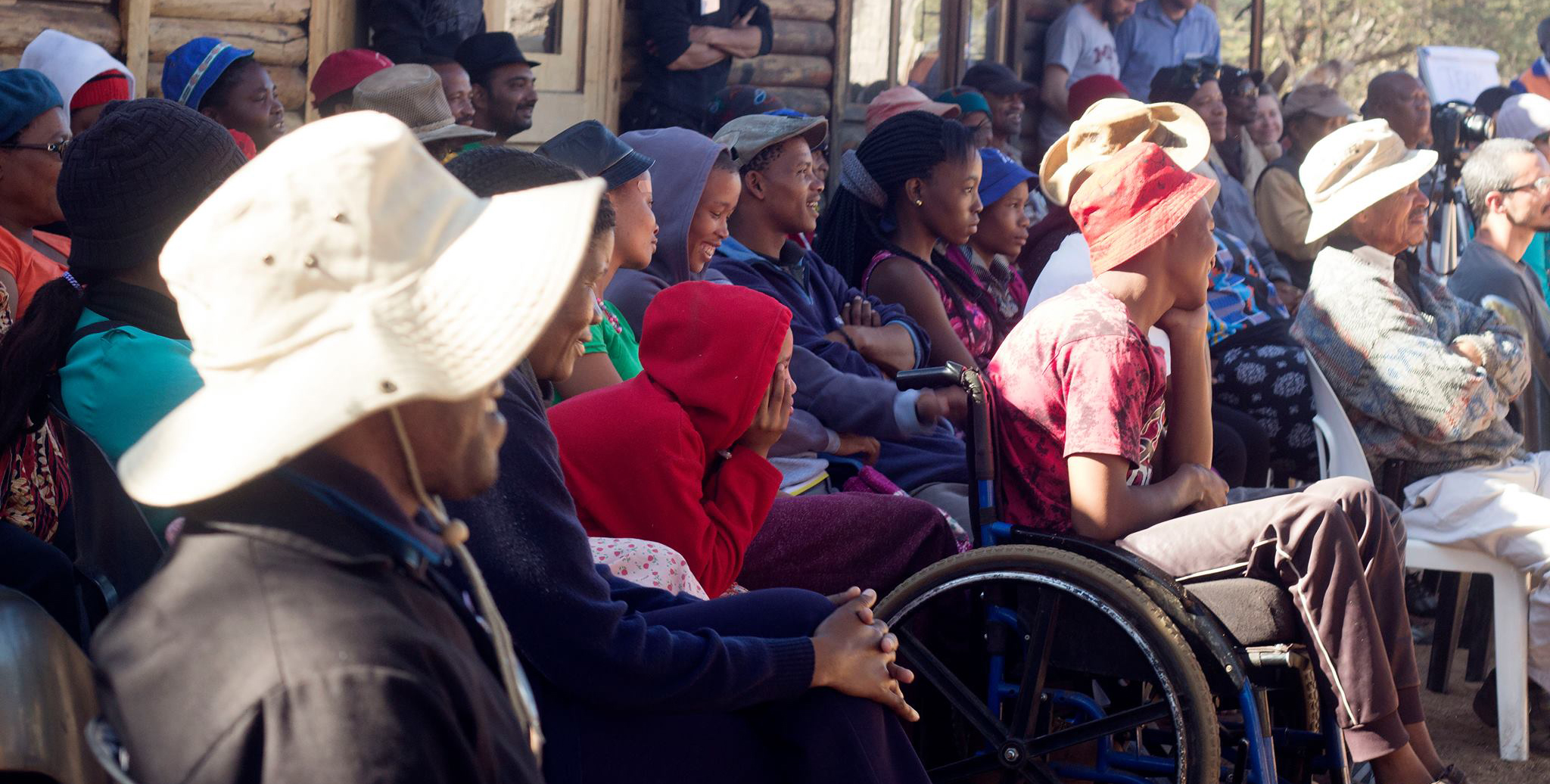Summit Application Guidance

Read on for info on what you need to organize a summit, what typical timelines are, the support IDIN can offer, and the evaluation criteria.
What does it take to organize an IDDS?
From more than 10 years of organizing design summits, we have learned that it takes:
- An organizing team of 6-10 dedicated people for a two-week summit and 8-12 for a four-week summit, the majority of whom have attended an IDDS with at least 2-4 who have helped to organize a summit before.
-
The team should include these roles. Not all of these people need to be identified at the time of the application; we suggest that some of these roles be left open and filled through an organizer application process. Also, note that some of the roles can be filled by the same person.
- Lead organizers who take ownership of the overall management of the summit (both curriculum and logistics) and who are keen to build project management, problem-solving, and team building skills
- Strong representation from community partners (where at least one community member is an organizer)
- FabricationWorkshop managers with strong tools and workshop experience
- Design facilitators (one per project team)
- Participant experience coordinator
- Communications manager
- Logistic coordinator
- Financial manager
- Health and safety coordinator
- An enthusiastic and committed local community partner or partners
- Initial ideas for projects that fit in with the goals and theme of the summit
- Approximately 20,000 - 60,000 USD for a two-week summit and 60,000 - 100,000 USD for a four-week summit, depending on the number of people, cost of the venue, how many participant and organizer flights you choose to cover, etc. Not all of the funds need to be secured at the time of the application. However, there should be a strong fundraising plan in place.
What is the timeline?
The time needed to plan, launch, and run a summit varies depending on the experience of the organizing team, the goals of a summit, the depth of community relationships already established, the size and length of the summit, and other context-related considerations. Here are typical timelines for two different summits scenarios.
- An experienced organizing team with strong community relationships running a two-week summit with 20 or fewer participants on a focused topic might only need 3-4 months to organize a summit.
- A moderately experienced organizing team with medium strength community relationships running a four-week summit with 40 or more participants on a range of topics will likely need 6-9 months to organize a summit.
What type of support is available for IDDS in 2023?
If your team is approved to host a summit, the IDIN Steering Committee can provide:
- A mentor from IDIN who will support you as you go through the planning process
- Access to organizer and participant application tools and processes
- IDDS Planning Map + Guide outlining key steps on your journey to leading a team, hosting a summit, and some tips for planning a summit
- IDDS curricular tools and materials
- Official IDDS branding rights and permissions; including event spotlighting on the IDIN website and membership into the IDIN Directory on the website and the All IDDS Facebook group
- Basic Monitoring, Evaluation, and Learning resources to track the outputs & outcomes of your summit
- Introductions to interested organizations, universities, and IDIN network members working in the related project space or location
- Encouragement, connections, and guidance from the entire IDIN Steering Committee
- Limited funding when available
What are the evaluation criteria?
To receive IDDS recognition and support including access to branding, all applications will be evaluated using the following criteria:
- Alignment with IDDS goals, spirit, and philosophy (https://idin.org/idds/about-idds/idds-spirit)
- Strength and ability of organizing team leadership
- Relationship with community partner(s)
- Post-IDDS continuity plan
- A strong plan for ensuring the health and safety of all participants and organisers
- Organizing team's past performance (if relevant)
- Ability to independently raise funds






